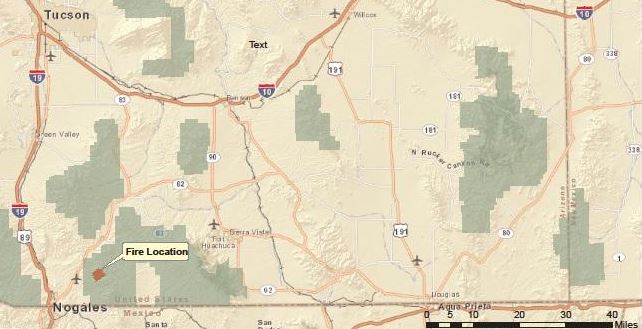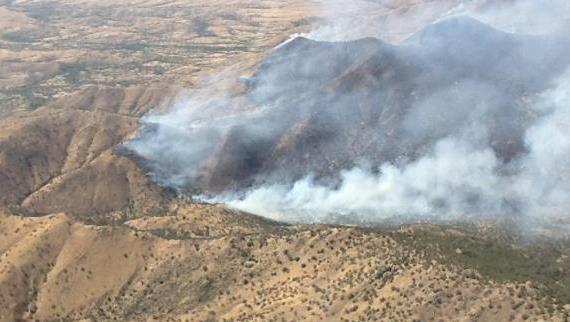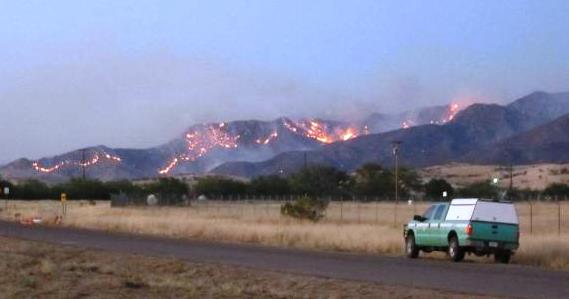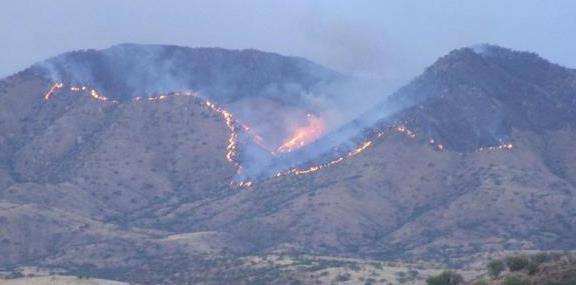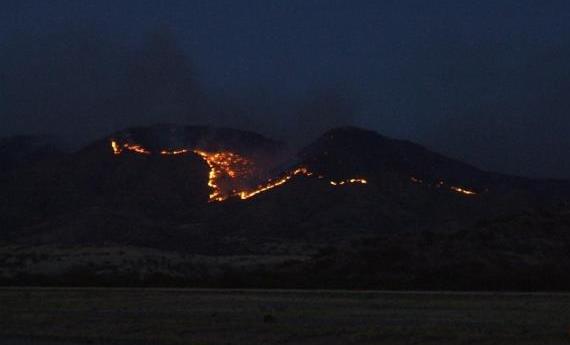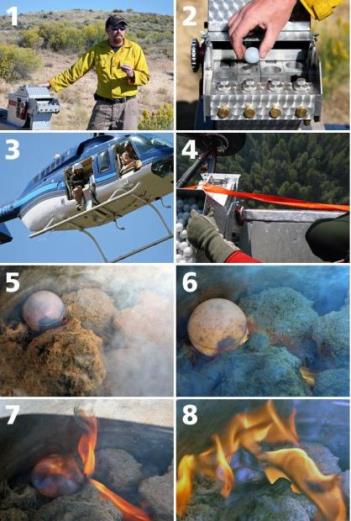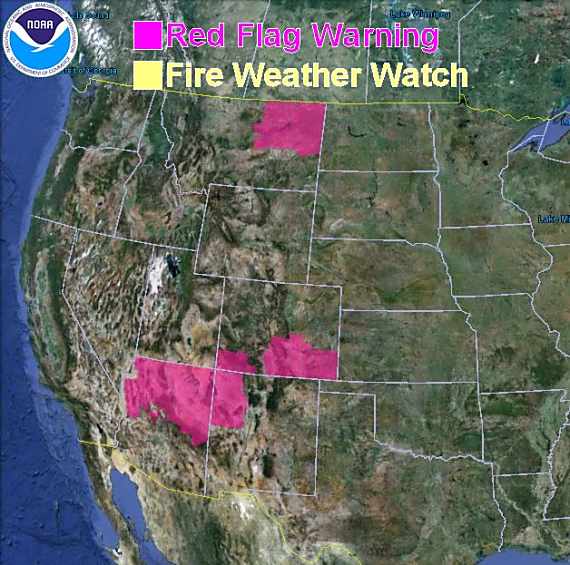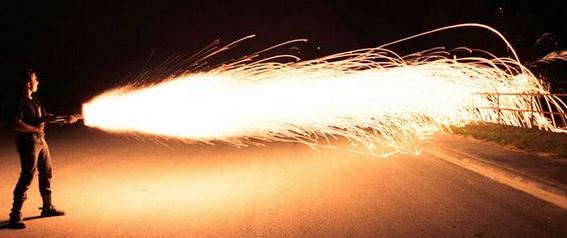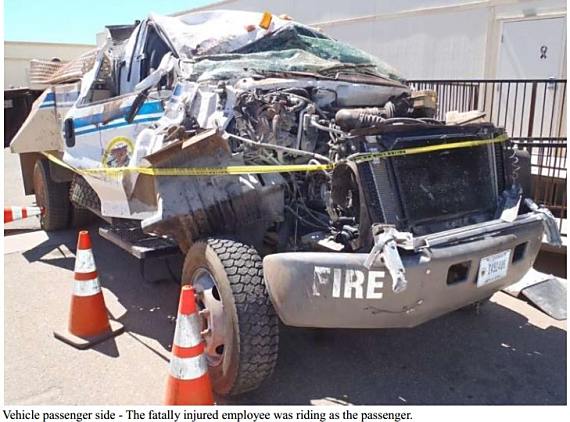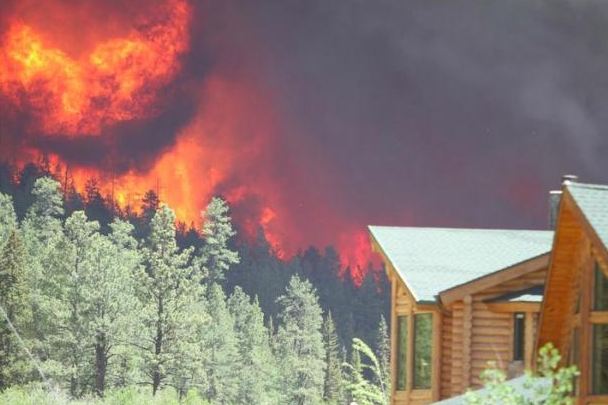The worst wildfires
The Mother Nature Network has assembled what they call “10 of the Worst Wildfires in U.S. History”. Check it out to see if you agree with their list.
Furloughs cancelled for NWS
As wildfire season heats up the National Weather Service has cancelled their plans to force their employees to take four days off without pay before September 30. While a memo to all 12,000 NWS employees did not mention fire weather forecasts or Incident Meteorologists, it did refer to the tornadoes that plowed through Midwestern states last month. The Las Cruces Sun-News has more details.
Photos and videos of the 747 Supertanker, and a new CWN contract for the 20,000-gallon beast
Fire Aviation has some photos and videos of Evergreen’s 747 Supertanker that is receiving a new call when needed contract from the U.S. Forest Service. When you see the two photos of the 747 dropping on a fire in Mexico, compare them to this photo of a P2V dropping on a fire in the San Diego area Monday.
Denver post on the shortage of air tankers
The Denver Post has an article about the shortage of large air tankers in the United States and how that may have affected the early stages of the recent fires in Colorado. They also quote a very reliable source about the number of Unable to Fill (UTF) requests for air tankers.
Aspen Fire on Mount Lemmon, 10 years ago
It was 10 years ago today that the Aspen Fire ripped across the top of Mount Lemmon in Arizona, destroying nearly 340 homes and burning 84,000 acres.
Birds start fires in California and Nevada
A deluded conspiracy theorist might assume that terrorists have trained birds to fly into power lines and start fires, since over the last two days it happened in Chico, California and in Reno, Nevada. But in spite of the tin foil hat I’m wearing, I don’t think this quite meets the threshold for our Animal Arson series, since it is fairly common.

